Instant Book: Young Italian Artists in New York
“Every group promotes its own artists,” says Renato Miracco, director of the Italian Cultural Institute in New York. “The Spanish, Germans, Ugandans all do, and I don’t understand why we don’t do it ourselves. That was the impetus that gave birth to Instant Book. It’s a census of sorts, a snapshot of Italian artists under the age of 45 who have chosen to live and work in New York, and who have brought their imaginations here and derive their primary source of inspiration from this city.”
In the book’s preface, the director states that by the time the book went to press, a steady stream of people had been arriving every day, and there is still an increasing number of artists who chose to produce their work in the Big Apple. Despite the sheer numbers, it was necessary to lay the initial groundwork in order to dissolve the shadows in which young Italian artists in New York live while highlighting the creativity of a new generation of artists that has cosmopolitanism in its very DNA.
The project was realized in collaboration with Charta Art Books and presented first at the Venice Biennale followed by a large group show of the participants’ work in New York.
They range from video installations by Massimo Kauffman, fabric “Sospiri” by Angelica Bergamini, toy sculptures by Paolo Bertocchi, paintings by Antonio Musco, and sculptures by Claudia Cannizzaro.
But this group of artists cannot be categorized under one genre.
Reading their biographies and speaking with them, we discover that the line between the media they use is mutable. Vanessa Chimera, who usually expresses her vision through large public installations, is now preparing a work composed of medical sounds such as magnetic resonance and dental drills but it was her paintings that were included in the exhibit. Maia Marinelli exhibited a series of embroideries showing the topography of war experienced by a friend in Serbia. The use of video is present in almost all of the artists’ work along with experimental photography.
In the exhibit, technology blends with materials that are not traditionally considered “refined” artistic tools, such as fabric, embroidery canvas, recycled paper, and plastic toys.
It was said Renato Miracco wanted to send a signal – a sign to those both inside and outside the Italian community of artists living in this city as well as a sense of continuity expressed in the choice of publishers. The series of “Quaderni” (“Notebooks”) edited by the Italian Cultural Institute of New York were also published by Charta Art Books, with the previous two “Quaderni” published last year devoted to Melotti and Morandi.
Now that the first stone has been laid, we expect much more to come.
(Translated by Giulia Prestia)






























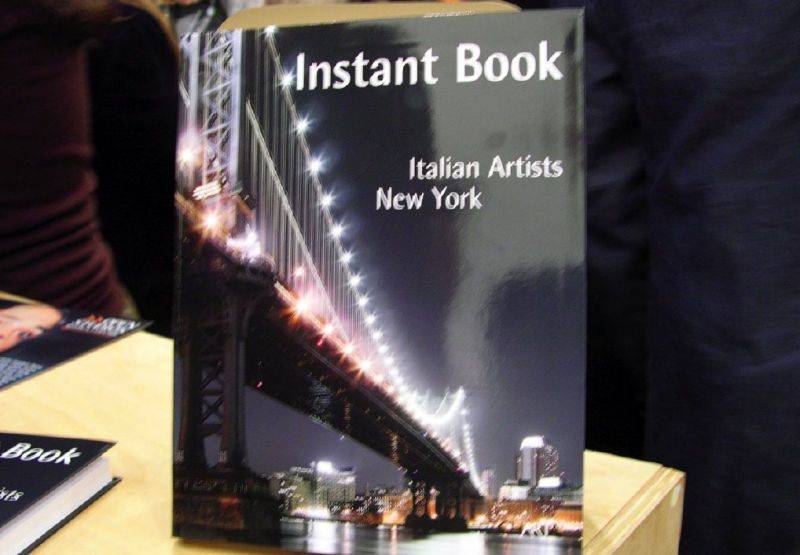
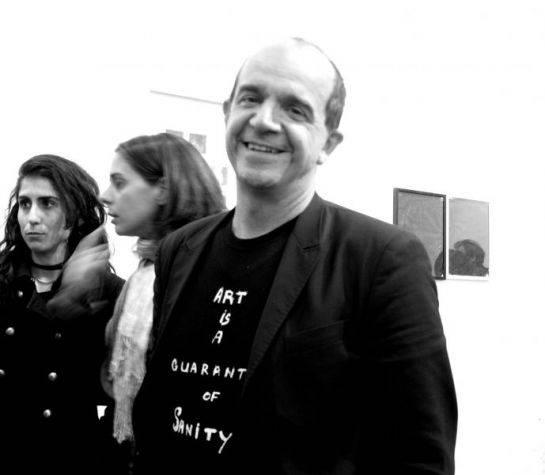
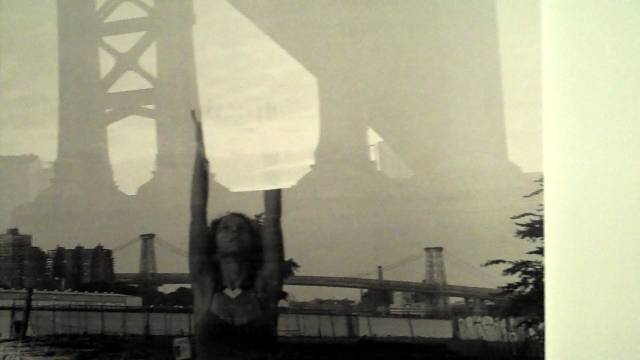
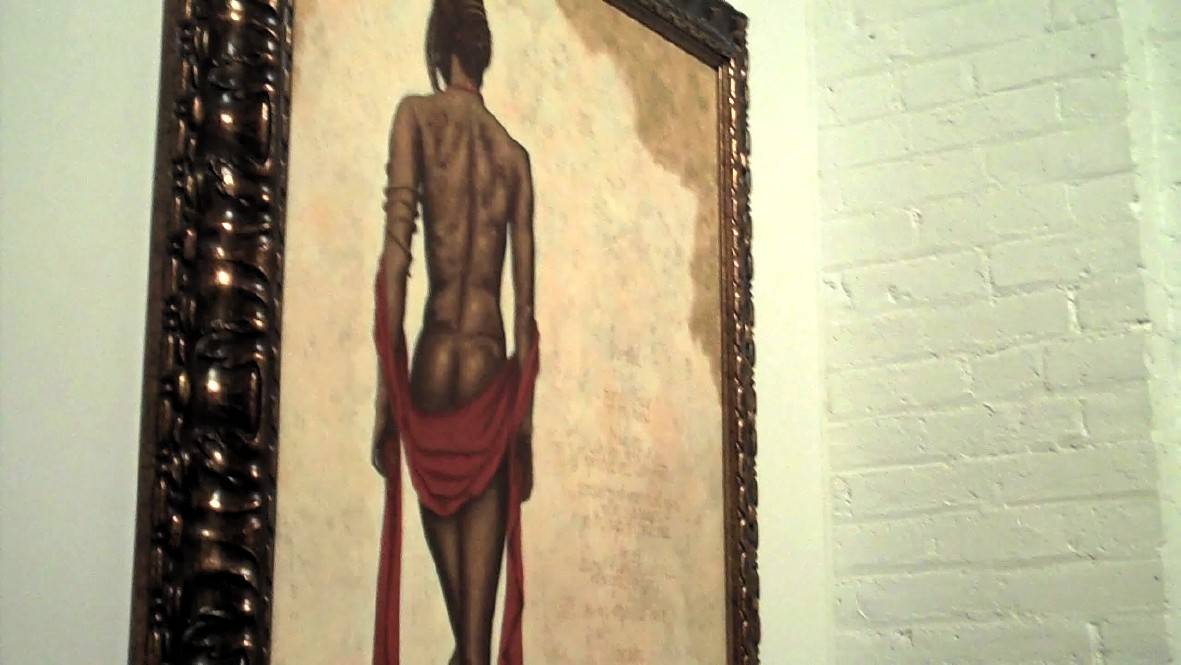
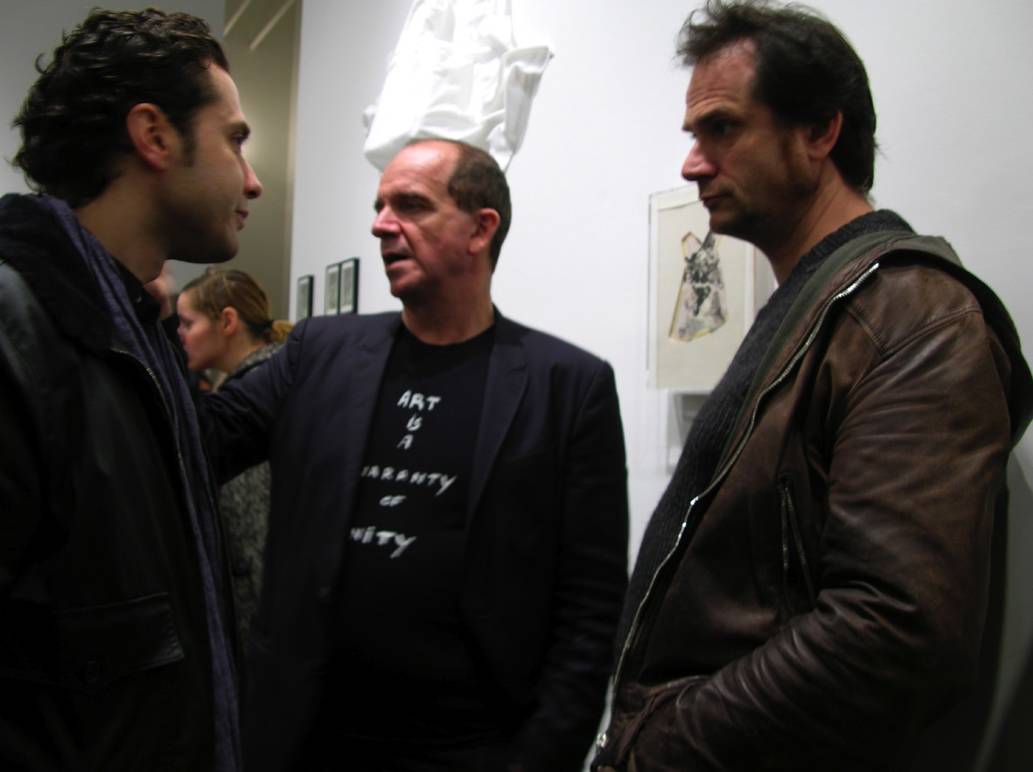






i-Italy
Facebook
Google+
This work may not be reproduced, in whole or in part, without prior written permission.
Questo lavoro non può essere riprodotto, in tutto o in parte, senza permesso scritto.